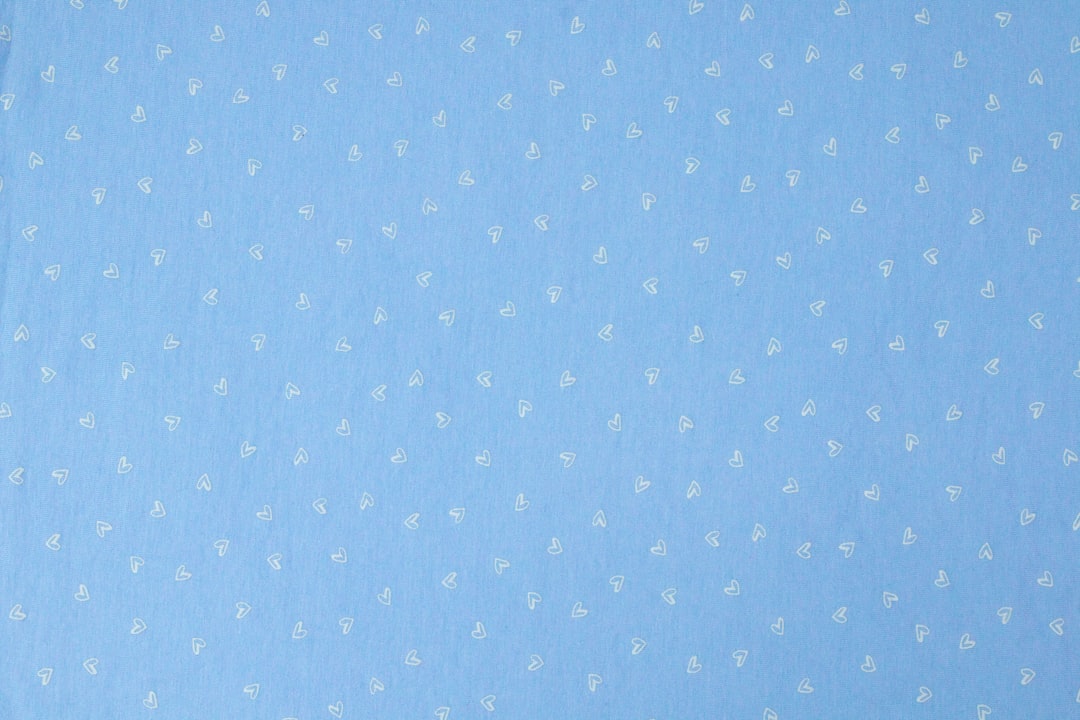A 10-Point Plan for (Without Being Overwhelmed)

Carpets are a popular choice for flooring in homes and offices due to their comfort, warmth, and aesthetic appeal. However, to maintain their beauty and longevity, regular cleaning is essential. Over time, carpets can accumulate dirt, dust, allergens, and stains, which not only affect their appearance but can also impact indoor air quality and health. In this comprehensive guide, we will explore the importance of carpet cleaning, various cleaning methods, and tips to keep your carpets looking their best.
Why Carpet Cleaning is Essential
Carpets act as a filter, trapping dust, dirt, pet dander, and other particles that enter your home or office. While regular vacuuming can remove surface dirt, it is not enough to eliminate the deeper, embedded contaminants. Over time, these particles can cause wear and tear on the carpet fibers, leading to a dull and worn appearance. Moreover, carpets can harbor allergens and bacteria, which can contribute to respiratory issues, allergies, and other health problems.
Regular carpet cleaning helps to:
Prolong the Life of Your Carpet: Dirt and debris can weaken carpet fibers, leading to fraying and premature wear. Professional cleaning removes these particles, extending the life of your carpet.
Improve Indoor Air Quality: By eliminating allergens and bacteria, carpet cleaning promotes a healthier indoor environment, reducing the risk of respiratory issues and allergies.
Enhance Appearance: Clean carpets look brighter, fresher, and more inviting, improving the overall aesthetics of your home or office.
Remove Stains and Odors: Carpet cleaning effectively removes stubborn stains and odors caused by spills, pets, and everyday use.
Carpet Cleaning Methods
There are several carpet cleaning methods available, each with its own advantages and best-use scenarios. Understanding these methods can help you choose the right approach for your carpets.
Hot Water Extraction (Steam Cleaning):
Overview: Hot water extraction, commonly known as steam cleaning, is one of the most effective and widely used carpet cleaning methods. It involves injecting hot water and a cleaning solution into the carpet fibers, followed by powerful extraction to remove dirt, debris, and moisture.
Benefits: This method provides a deep clean, removing embedded dirt, allergens, and stains. It is suitable for most carpet types and is recommended by many carpet manufacturers.
Considerations: Steam cleaning requires a longer drying time, typically around 6-12 hours, depending on the carpet and environmental conditions.
Dry Carpet Cleaning:
Overview: Dry carpet cleaning uses specialized machines and dry cleaning compounds to clean carpets without the use of water. The cleaning compounds are applied to the carpet and then agitated to absorb dirt and debris, which are then vacuumed away.
Benefits: This method is quick, with minimal drying time, making it ideal for high-traffic areas or situations where immediate use of the carpet is necessary.
Considerations: While dry cleaning is effective for surface cleaning and maintenance, it may not provide the same deep clean as hot water extraction.
Carpet Shampooing:
Overview: Carpet shampooing involves applying a foamy detergent to the carpet, which is then scrubbed into the fibers using a rotary brush machine. The foam encapsulates dirt and debris, which are then vacuumed away once the carpet is dry.
Benefits: This method is effective for removing dirt and stains, particularly in heavily soiled areas.
Considerations: Carpet shampooing can leave behind a residue if not properly rinsed, which can attract more dirt over time.
Bonnet Cleaning:
Overview: Bonnet cleaning involves using a rotary machine with a spinning pad soaked in a cleaning solution. The pad absorbs dirt from the carpet surface as it moves across the fibers.
Benefits: This method is often used in commercial settings for quick and efficient surface cleaning.
Considerations: Bonnet cleaning primarily addresses surface dirt and is not as effective for deep cleaning.
Encapsulation:
Overview: Encapsulation cleaning uses a special chemical solution that encapsulates dirt particles into dry residue. This residue is then vacuumed away, leaving the carpet clean.
Benefits: This method is efficient, fast-drying, and leaves no sticky residue. It is suitable for regular maintenance.
Considerations: Encapsulation may not be as effective for heavily soiled carpets or deep stains.
Tips for Maintaining Clean Carpets
Regular maintenance is key to keeping your carpets looking fresh and extending their lifespan. Here are some tips to help you maintain clean carpets:
Vacuum Regularly: Vacuum your carpets at least once a week to remove surface dirt and prevent it from becoming embedded in the fibers. High-traffic areas may require more frequent vacuuming.
Treat Stains Promptly: Address spills and stains as soon as they occur to prevent them from setting into the carpet. Blot the stain with a clean cloth and use a carpet cleaner or a mixture of water and mild detergent.
Use Area Rugs and Mats: Place area rugs and mats in high-traffic areas to protect your carpets from excessive wear and tear. These can also help trap dirt and moisture before it reaches the carpet.
Schedule Professional Cleanings: Even with regular vacuuming and spot cleaning, it’s important to have your carpets professionally cleaned at least once a year. This will help remove deep-seated dirt, allergens, and stains.
The Best Advice About I’ve Ever Written
This post topic: Internet Services